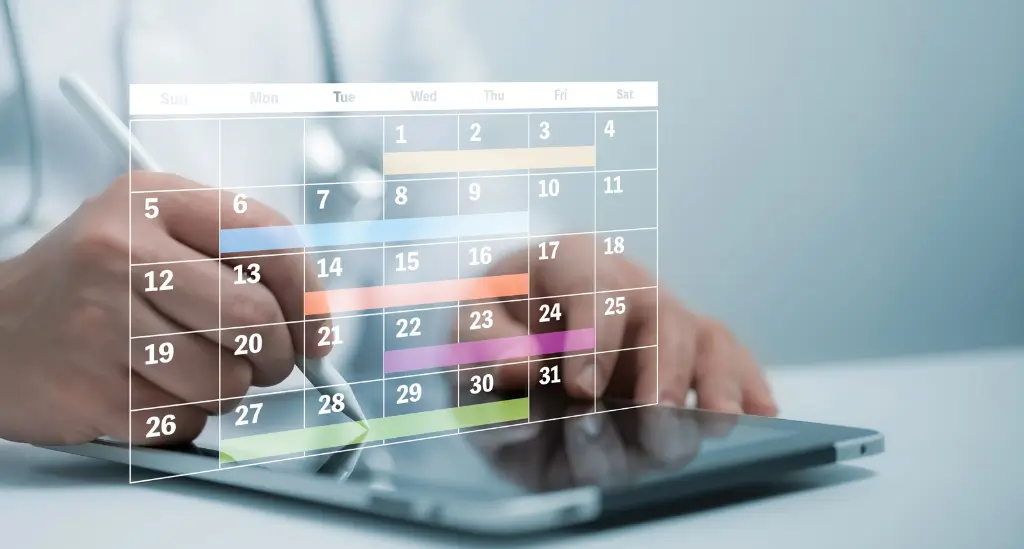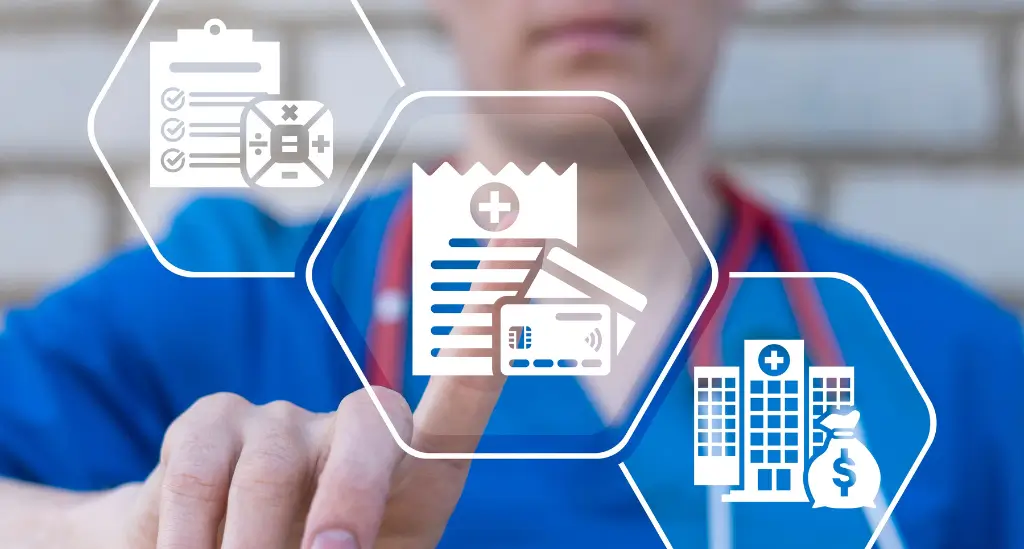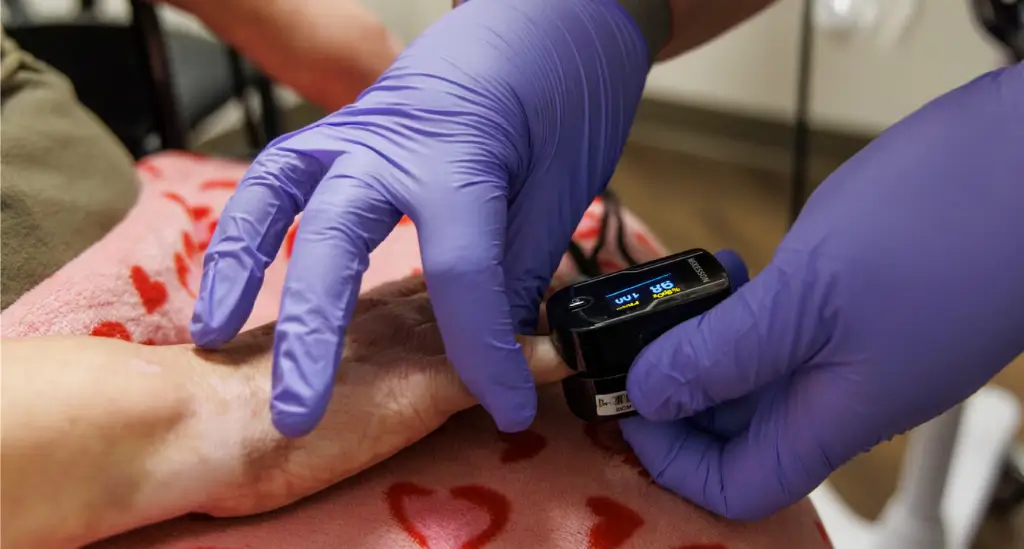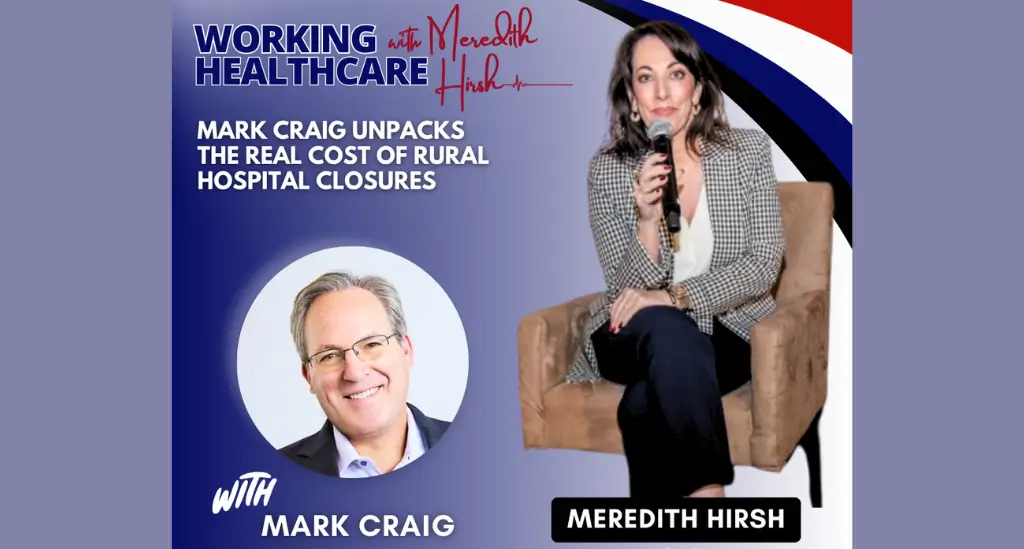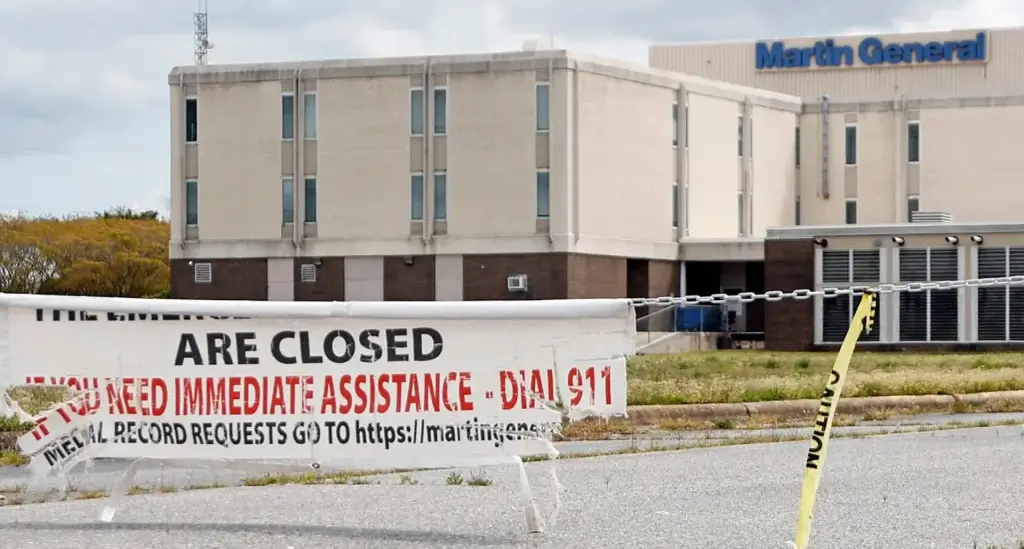Early out self-pay is the process of contacting patients to resolve balances long before accounts become bad debt. Instead of waiting until bills are overdue, hospitals and health systems use early out programs to secure payment quickly, protect cash flow, and maintain positive patient relationships.
Why It Matters
For hospitals operating on thin margins, proactive billing can have a significant impact. Early out hospital billing reduces the cost to collect, keeps patient accounts from escalating to collections, and preserves community trust.
How to Implement Early Out Self-Pay
1. Identify accounts early
- Flag self-pay and insured patient balances as soon as insurance payments post.
- Segment by balance size, payer type, or likelihood of payment to prioritize outreach.
Pitfall to avoid: Waiting until after the first missed statement; patients may already be less engaged.
2. Develop a patient-friendly communication plan
- Use a mix of calls, texts, and mailed statements.
- Clearly explain charges, insurance adjustments, and payment options.
- Lead with transparency and empathy to encourage resolution.
Pitfall to avoid: Overly frequent or aggressive outreach, which can damage patient trust.
3. Offer flexible payment solutions
- Provide online portals, payment plans, and financial assistance screening.
- Make it easy for patients to act fast and resolve in a single interaction.
Pitfall to avoid: Restricting payment to inconvenient methods (e.g., phone calls during business hours, outdated portals, checks by mail).
4. Leverage technology and automation
- Use automated statement delivery and reminder systems.
- Monitor results and refine outreach based on patient response rates.
Pitfall to avoid: Over-relying on automation without periodic human review for tone and accuracy.
5. Track performance metrics
- Review recovery rates, days to payment, and patient satisfaction scores.
- Adjust workflows for better outcomes.
- Benchmark against similar organizations to identify improvement areas.
Pitfall to avoid: Tracking early out metrics in isolation without connecting them to broader revenue cycle goals, like total cash collections or reduced bad debt.
Example Early Out Workflow

Day 0: Insurance posts payment; self-pay balance identified.
Day 3–5: First patient-friendly statement sent with clear breakdown of charges.
Day 10–15: Text or email reminder with payment link and options.
Day 20–25: Live call from patient services if no response.
Day 30–45: Offer payment plan or financial assistance screening if needed.
Day 60+: Final reminder before account moves to later-stage collections.
Early Out vs. Bad Debt Collections
Unlike bad debt recovery, which starts after accounts are 90+ days overdue and often involves third-party agencies, early out hospital collections focus on resolving balances while patients are still engaged with their care. This approach minimizes credit damage for patients and increases payment likelihood for providers.
Integrating Early Out Into Your RCM Strategy
Early out medical billing is most effective as part of a broader revenue cycle management approach.
For a detailed look at program design, compliance considerations, and best practices, see our full early out collections guide.
Should You Partner with an Early Out Service or Handle In-House?
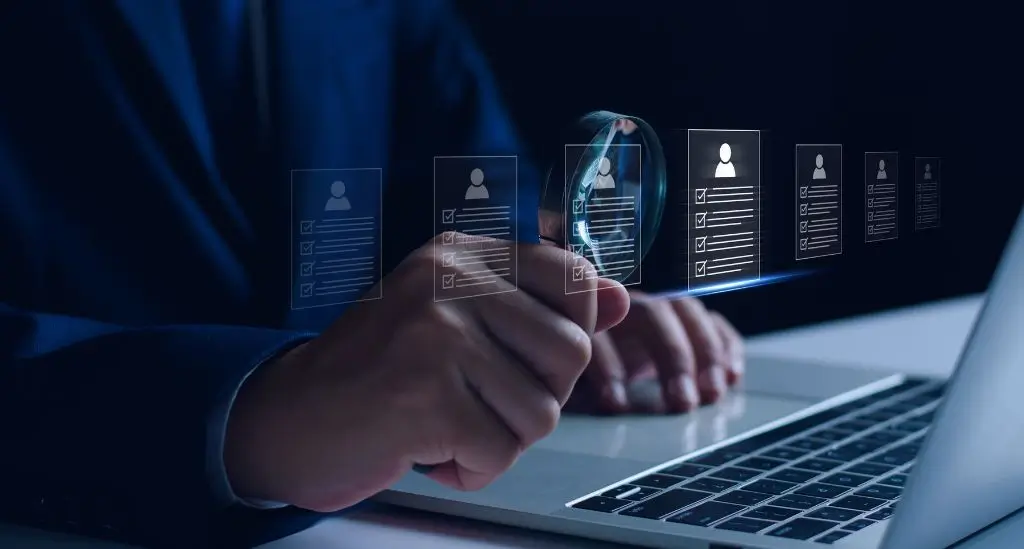
The decision often comes down to bandwidth, technology, and results. If your team has the staff, systems, and training to manage early out hospital billing efficiently—and your recovery rates are strong—you may not need outside help.
But if accounts are aging, patient outreach is inconsistent, or staff are pulled away from other priorities, partnering with an early out service can provide dedicated resources, advanced automation, and proven workflows without adding permanent headcount.
“We are astounded at the results! RCA has exceeded my expectations in regards to increased revenue and customer service.”
– Shonda Dunlap, Patient Billing Supervisor, Coffee Regional Medical Center
How much revenue is your hospital leaving on the table?
FAQ on Early Out Self-Pay
Q: How is early out medical billing different from standard billing?
A: Standard billing sends statements on a set schedule and may escalate after missed payments. Early out self-pay starts sooner, with more active outreach to prevent accounts from becoming delinquent.
Q: Is early out only for self-pay patients?
A: No. While early out self-pay programs are common, hospitals also use early out strategies for insured patients who owe balances after insurance adjustments.
Q: What’s a good recovery rate for early out programs?
A: Rates vary by organization, but programs that combine early outreach, multiple contact methods, and flexible payment options often achieve higher-than-industry-average collections within 60 days.
Q: When should an account be moved from early out to bad debt collections?
A: Most hospitals set a cut-off between 60–120 days from the first statement, depending on patient response, balance size, and internal policy. Accounts that remain unresolved after that point are typically transitioned to bad debt collections.
Q: How do I ensure that external early out service is compliant?
A: Look for early out vendors with HIPAA compliance certifications, documented training programs, and clear policies around patient communication. They should understand the distinction between early out and debt collection, and follow both healthcare privacy rules and consumer protection laws.
Q: What’s the difference between outsourcing early out vs. bad debt?
A: Early out outsourcing focuses on resolving balances while patients are still active in the billing cycle, using a softer, customer service–driven approach. Bad debt collections occur later and may involve credit reporting or more formal collection measures.
Q: How does early out affect patient satisfaction?
A: When done with empathy and clear communication, early out hospital collections can improve satisfaction by helping patients understand their bills and offering manageable payment options before accounts escalate.
